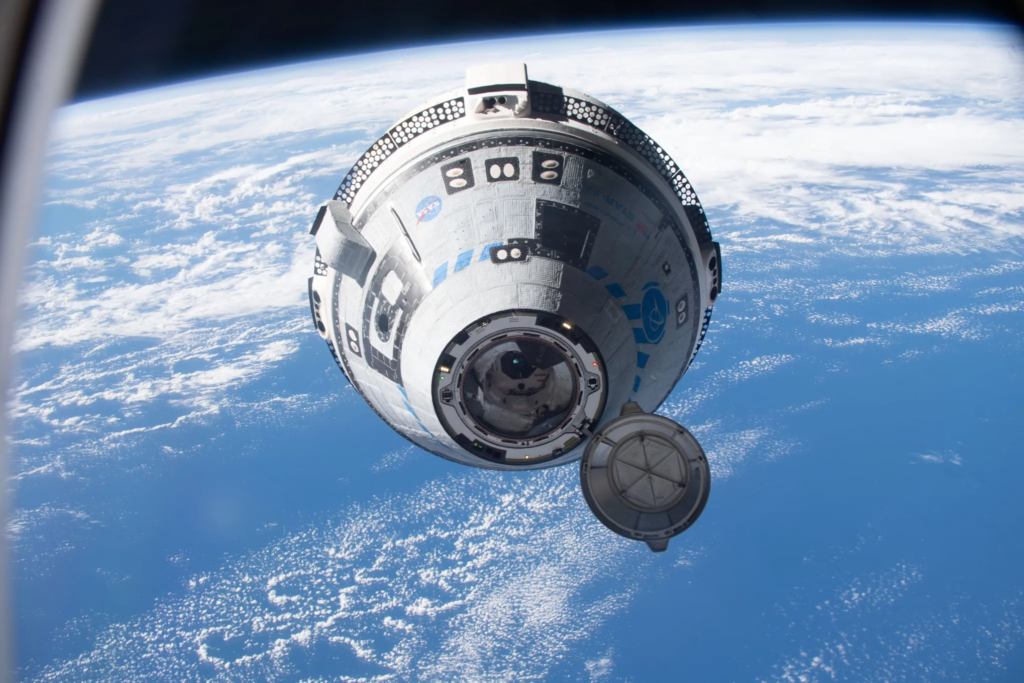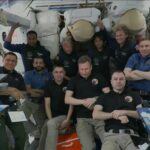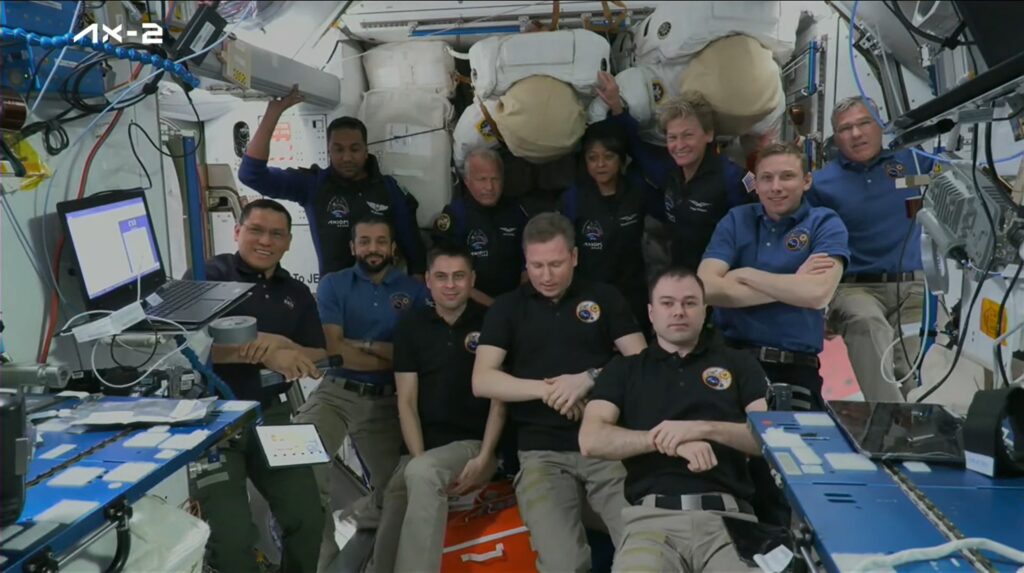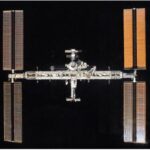Space Stations
ISS
NASA, Boeing extract lode of data amid Starliner’s extended stay in space


Boeing Starliner Commercial Crew Module deemed safe to return astronauts to Earth for emergency return as engineers diagnose anomalies.
Axiom-3 private mission brings new nation, science to the ISS


The Axiom-3 private mission launched to the International Space Station (ISS) on Jan. 18, 2024, one day later than initially expected. The SpaceX Crew Dragon capsule is scheduled to dock with the ISS as early as 9:19 a.m. UTC on Saturday.
Number of people to reach orbit climbs to 600 with Axiom’s private mission to ISS


Axiom’s second private astronaut crew arrived at the International Space Station (ISS) on May 22, 2023, beginning their eight-day science mission. The four members of the Ax-2 crew join the seven Expedition 69 crew members currently on the ISS.
2020 TSRQ1 – Economy Insights: Commercial Activity on the International Space Station


This year marks the 20th anniversary of human habitation on the International Space Station (ISS). That sustained success means NASA and the ISS U.S. National Laboratory, which share American resources on the orbiting facility, have transitioned from merely supporting life in space to . . .
2017 – ISS – Snapshot


The International Space Station (ISS) continued to be an active inhabited space laboratory during 2017. International teams of engineers, researchers, and scientists…
2016 – International Space Station – Snapshot
During 2016, the International Space Station (ISS) continued to be the primary inhabited space laboratory orbiting the Earth. An international contingent of scientists, engineers, and researchers used the ISS for various microgravity-based experiments.
One ISS program, NASA’s human research One-Year Mission, required astronaut…
2015 – International Space Station (ISS) – Snapshot
In 2015, the ISS was the only inhabited space station orbiting the Earth. By July 2015, an international cadre of 220 men and women had temporarily lived aboard the ISS as builders, scientists, and explorers since people first entered the station in November 2000. The crew aboard the ISS continued conducting research in a microgravity environment, as well as observing the impacts of long-term habitation in space on the human body during 2015.
2014 – ISS
NASA spent $74.4 billion on the International Space Station (ISS) from the launch of the first Russian Zarya module in 1998 until the end of 2013. Nearly half of that amount was spent on space shuttle ISS construction and resupply flights.
2013 – ISS
The first module of the ISS, the Russian Zarya module, was launched in late 1998 and the station became home to its first permanent crew in 2000. With the subsequent installation of major structural components and sections, the ISS reached its “core complete” configuration in 2011. New equipment, modules, and experimental platforms are regularly, a process expected to last until 2015.
2012 – ISS
The ISS is the largest spacecraft currently in orbit, measuring 109 meters (358 feet) long, with a mass of almost 419,500 kilograms (925,000 pounds). The station was developed and is operated by an international partnership of NASA, Roscosmos, ESA, JAXA, and the Canadian Space Agency (CSA).